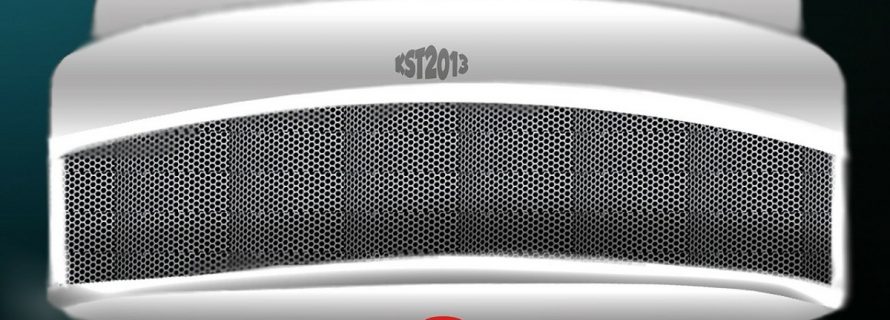Avoid these 4 common household hazards

When you put time and effort into your house with home renovation and customized decoration to create a beautiful and comfortable space, it’s important to look out for some of the most common causes of injury and house damage as well.
1. Carbon monoxide
Carbon monoxide is the byproduct of using certain fuel sources. Odorless, scentless and soundless, carbon monoxide kills more than 400 people in the U.S. every year, the Centers for Disease Control and Prevention explained. Every home should have CO detectors that function well to warn homeowners of a possible leak. Many times, CO leaks occur during extreme storms or power failures when people are looking for alternate heating or power sources. The CDC warned against using a gas oven to heat a home, a generator indoors, a car in a closed garage, or any fuel or motor indoors.
2. Falls
Falls are among the most common dangers in a home, especially for older adults. Slips and falls from higher heights can result in painful broken bones and more serious nerve or brain damage. In order to reduce the likelihood of falls, homeowners should ensure that there’s sufficient grip on staircases, railings on landings and balconies, secure window latching in children’s rooms, and no clutter or spills in hall- or walkways. Icy winters also make outdoor slip and fall dangers more common for people of all ages.
3. Electrical fires
Many aspects of the modern home are reliant on electrical power. From complex entertainment centers with Bluetooth stereos and video game consoles, to kitchens that feature dozens of appliances, cords and outlets are an important aspect of home design now. Homeowners need to be careful of electrical fire dangers that can come from worn cords or overloaded outlets. The U.S. Fire Administration recommended that homeowners follow a few simple power usage techniques to avoid fires, such as never using an extension cord when plugging in an appliance. Appliances typically have a higher amperage draw than lamps, vacuums, etc. However, if you have to use an extension cord, make sure they are properly sized for the unit being plugged in.
4. Household toxins
Time magazine outlined some of the most dangerous chemicals that people come into contact with each day. Bisphenol A, better known as BPA, is a plastics chemical that’s been suspected to have negative effects on the brain, especially for children. It’s been used in the production of food packaging and water bottles as well as baby bottles. Fluoride, which is found in toothpaste and some tap water, can also be dangerous at high levels. There are a number of potentially dangerous chemicals in personal care products and plastics that can be harmful if consumed or overexposed. Homeowners should do some research into the products they purchase to determine safe use.
These common household dangers can largely be avoided with the right precautions, making your home safer.
- Additions and New Construction
- All Exteriors
- Alterations
- Basements
- Bathrooms
- Customer Service
- Customer Stories
- Decks
- Design & Planning Show
- DIY
- Doors
- Educational Resources
- Extreme Makeover Home Edition
- Fashion Show
- General Remodeling
- Green Living
- Handyman Home Services
- Home Decor
- Home Entertainment
- Home Improvement
- Home Improvements
- How to Tips
- In The Community
- Kitchens
- Off-the-Wall Remodeling Stories
- Remodeling
- Resources
- Roofing
- Siding
- Social Media
- Sunrooms
- Tips & Tricks
- Trends
- Windows

